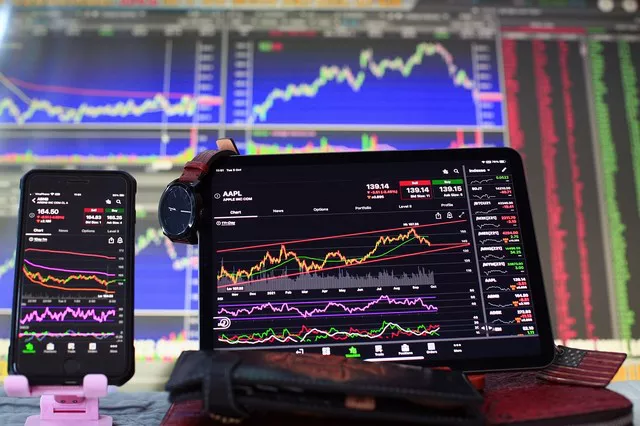S&P 500 Futures are among the most popular derivatives contracts in the financial markets, offering investors a way to speculate on the future performance of the S&P 500 Index. Understanding how S&P 500 Futures work is essential for anyone looking to engage in futures trading or gain exposure to the broader stock market.
1. The S&P 500 Index and Its Significance
The S&P 500 Index is a benchmark for the U.S. stock market, comprising 500 of the largest publicly traded companies. It is widely considered a representation of the broader economy and is used by investors to assess the overall performance of the U.S. equity market.
2. Introduction to S&P 500 Futures
S&P 500 Futures are contracts that allow traders to speculate on the future value of the S&P 500 Index. These contracts are standardized agreements to buy or sell the index at a predetermined price on a specified future date.
3. Contract Specifications
S&P 500 Futures have specific contract specifications, including the contract size, expiration date, and tick size. The contract size represents the notional value of the underlying index. The expiration date indicates when the contract settles, and the tick size is the minimum price movement.
4. Margin Requirements
When trading S&P 500 Futures, traders are required to deposit an initial margin, which acts as collateral. This margin requirement ensures that both parties fulfill their obligations. Maintenance margin levels must also be maintained to cover potential losses.
5. Leverage and Amplified Returns
S&P 500 Futures allow traders to gain exposure to the entire index with a fraction of the capital required to buy the underlying stocks. This leverage can lead to amplified returns if the market moves in the trader’s favor, but it also increases the risk of losses.
6. Long and Short Positions
Traders can take long (buy) or short (sell) positions on S&P 500 Futures. A long position benefits from a rising index, while a short position profits from a falling index. Futures enable traders to profit from both upward and downward price movements.
7. Hedging and Risk Management
S&P 500 Futures serve as effective tools for hedging and risk management. Investors who hold a portfolio of S&P 500 stocks may use futures contracts to mitigate potential losses due to market downturns.
8. Price Discovery
The trading of S&P 500 Futures contributes to price discovery, reflecting market sentiment and expectations for the future performance of the index. The prices of these contracts can influence investor sentiment in the broader equity market.
9. Role in Portfolio Diversification
S&P 500 Futures provide traders and investors with the opportunity to diversify their portfolios beyond individual stocks. This diversification can help mitigate risks associated with investing in a single company’s stock.
10. Trading Strategies
Traders utilize various strategies when trading S&P 500 Futures. These strategies can range from trend-following and mean-reversion techniques to spread trading, where traders simultaneously buy and sell different futures contracts.
11. Role in Speculation and Investment
While some traders use S&P 500 Futures for short-term speculation, others view them as investment tools for gaining exposure to the performance of the S&P 500 Index over a longer horizon.
Conclusion
S&P 500 Futures offer traders and investors an avenue to engage with the broader equity market through standardized contracts based on the S&P 500 Index. Understanding the mechanics of S&P 500 Futures, including contract specifications, margin requirements, and trading strategies, is essential for making informed decisions and managing risk effectively. By harnessing the potential of S&P 500 Futures, traders can participate in the dynamic world of futures trading and potentially benefit from both upward and downward market movements.

